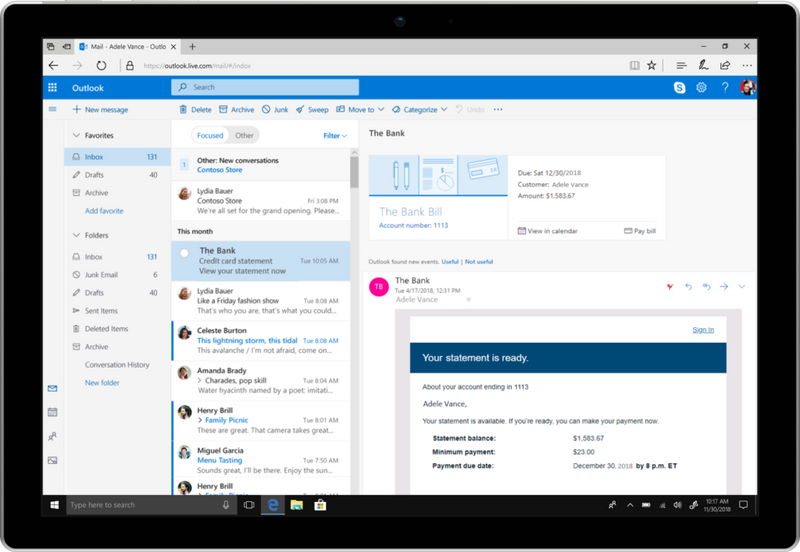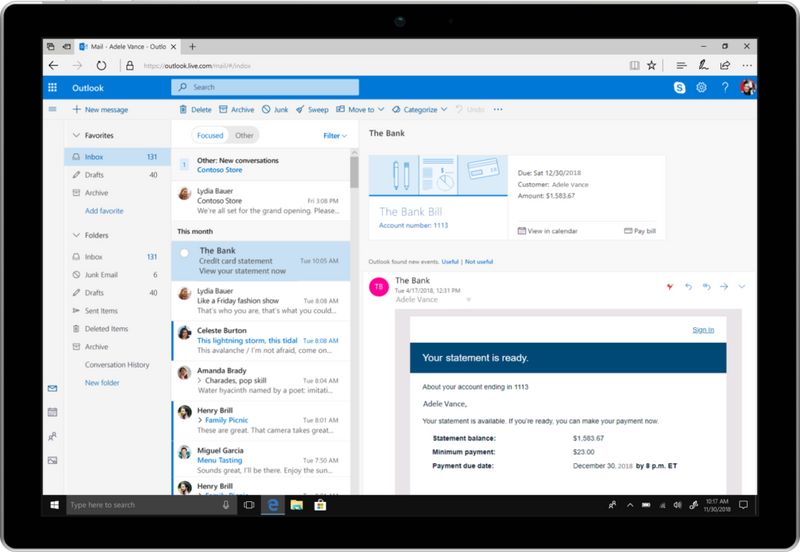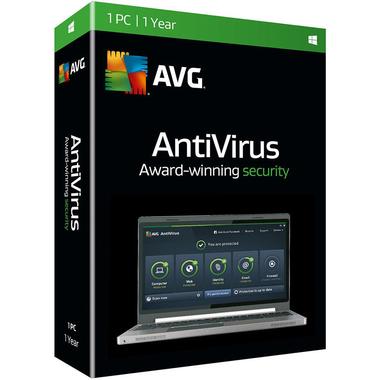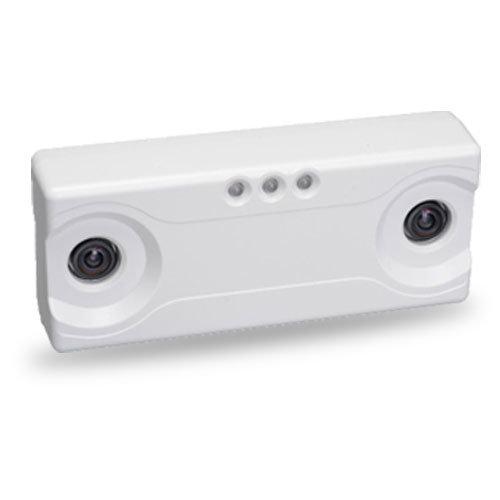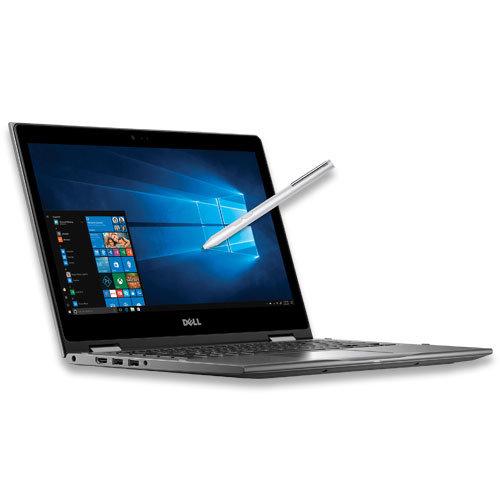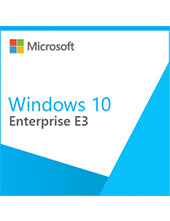Microsoft Windows 11 – What Are The Benefits Of Using It?
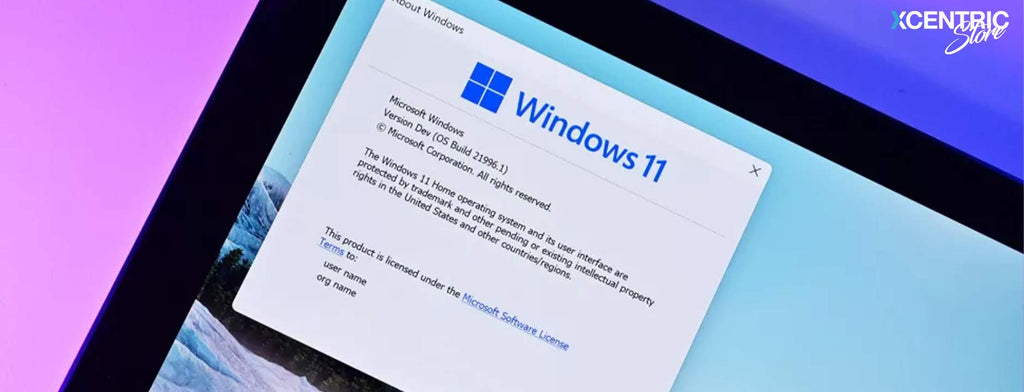
Back in June 2021, the requirements for Microsoft Windows 11 were announced by Microsoft. Contrary to the requirements of Windows 10, it has a security hardware requirement that is notable. For installing Windows 11, configurations of the PC need to include version 2.0 of the Trusted Platform Module. Want to know why you should get Windows 11 from Xcentric Store and to what extent it will protect your devices from common threats?
But First – What Are Trusted Platform Modules?
Since 2003, TPMs have been guarding cryptographic secrets using integrated or dedicated hardware. Their specifications that are managed by the Trusted Computing Group have matured over time for protecting against vulnerabilities and follow trends in security practices.
For instance, evidence emerged that TPM 1.2’s SHA-1 hashing algorithm may be vulnerable to proof-of-concept attacks. With the move to TPM 2.0 in the year 2014, the algorithms stopped getting defined in the standard, so that new ones could be introduced for improving security without updating standards.
Originally, the requirement of TPM 1.2 was a hard floor in Windows 11, but later on, Microsoft decided on using Windows 11 TPM 2.0. It can achieve certain things through hardware that the software itself could not achieve. For instance, there exists a risk in which attackers can compromise the operating system for accessing objects in memory.
The memory of TPM cannot be accessed by the operating system, securing it against sniffing and manipulation. Hence, to protect your system against brute-force attacks, count on TPM in Windows 11 which benefits from auto locks or repeated failures and blocking capability.
TPM In Windows 11: How Is It Beneficial For Users?
The former versions of Windows could use TPM, and so can Windows 11 because it is not a hard requirement. Microsoft even required the OEMs of Windows Server 2016 and Windows 10 devices to include TPM 2.0 if they wanted Microsoft to endorse their support for running on the hardware. Now, because you are here to find out how is this beneficial for the users of Microsoft Windows 11, let’s take a look at how TPM is used across it in not-so-obvious and obvious ways:

1. BitLocker
One of the first ways through which IT experts experience TPM is BitLocker – an enterprise disk encryption offering of Microsoft. Without it, the users have to manage a PIN that decrypts the encrypted volume. On the other hand, with a Trusted Platform Module, the hardware can perform decryption rather than a PIN. So if a storage device is stolen from the system, it loses access to TPM and cannot be decrypted.
In addition, the BitLocker does not decrypt a volume protected with TPM when the device’s integrity is not verifiable. Moreover, if an attacker tries manipulating the boot-up processes, the process of measurements against expected standards fails and TPM does not export the decryption key.
2. Secure Boot
Seen for the first time in Windows 8, the Secure Boot of UEFI is familiar to those responsible for the Windows 11 Specifications and client environment. Secure Boot is used for verifying that the bootloaders of the operating system are trustable and not compromised by a bootkit. Another capability that gets is preference is the Trusted Boot, which is also there to protect the start-up by continuing integrity checks for system drivers and files. The results are then sent to the TPM through an Early Launch Anti-Malware.
3. Measured Boot
Next on the list is Measured Boot which uses the audit log from the previous processes for reporting to an attestation server, while comparing the results with those recognized as unhealthy. If the user manages Microsoft Windows 11 with Intune, they can benefit from the protection of boot without even knowing because it is a part of device health attestation for device compliance.

4. Windows Hello For Business
It is the enterprise implementation of Windows Hellow that allows the users to authenticate using biometrics or PIN. The authentication details of users are stored locally and do not transverse the network where there is a chance of attackers potentially intercepting them.
As the TPM always has to be available on Windows 11 devices according to Windows 11 Requirements, WHfB uses Microsoft Passport Key Storage Provider for storing the key in hardware.
Overall, by using TPM for WHfB, users can get security from its built-in access separation and protection against brute force. Moreover, the requirements of Azure AD MFA can also be satisfied with Windows Hello for Business because it is also regarded as a factor.
5. Windows Defender Credential Guard
The last but most important on the list, this feature uses virtualization-based security for isolating the secrets that the Local Security Authority process holds on to. Therefore, providing access through the proxy process only. NTLM password hashes, Active Directory domain credentials that are stored, and Kerberos tickets are a part of these secrets.

All in all, with this isolation, the Credential Guards protect the users and their systems from techniques that are commonly seen. For instance, an attacker attempting lateral movement or privilege escalation, including Pass-the-Hash.
Get The Windows 11 License TODAY!
Convinced to use Windows 11 as your operating system because of all the features it has to offer, especially the security of TPM? Without any delay, get its license from Xcentric Store. Moreover, if you have any more questions related to the product or its installation, speak to the Microsoft experts at Xcentric Services.
Sample Block Quote
Nam tempus turpis at metus scelerisque placerat nulla deumantos solicitud felis. Pellentesque diam dolor, elementum etos lobortis des mollis ut risus. Sedcus faucibus an sullamcorper mattis drostique des commodo pharetras loremos.





